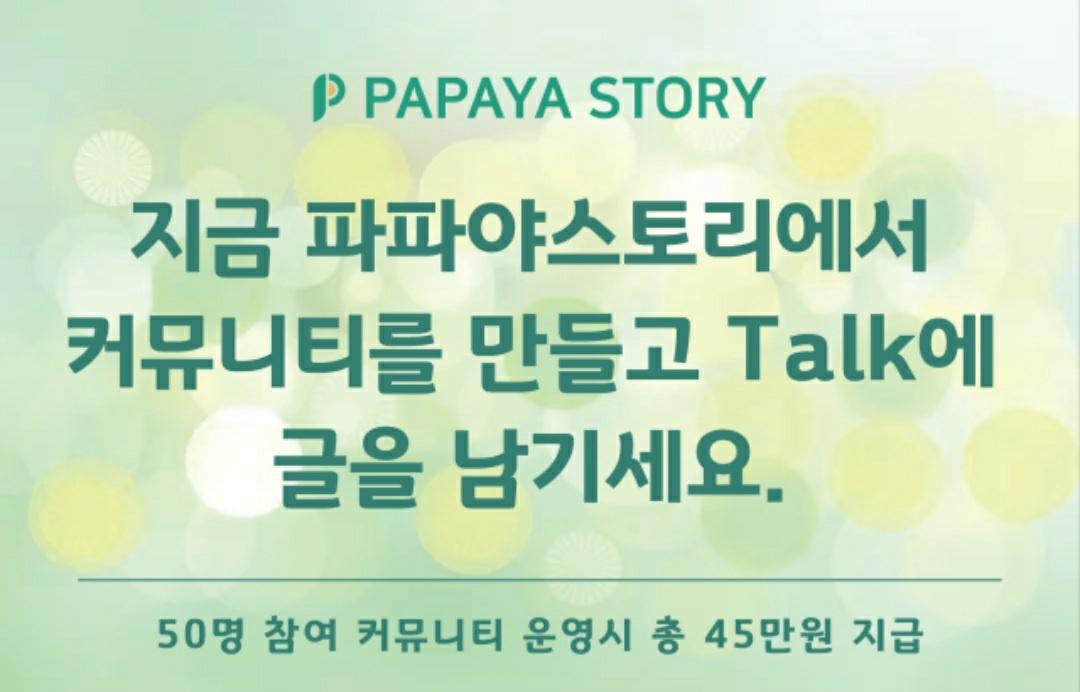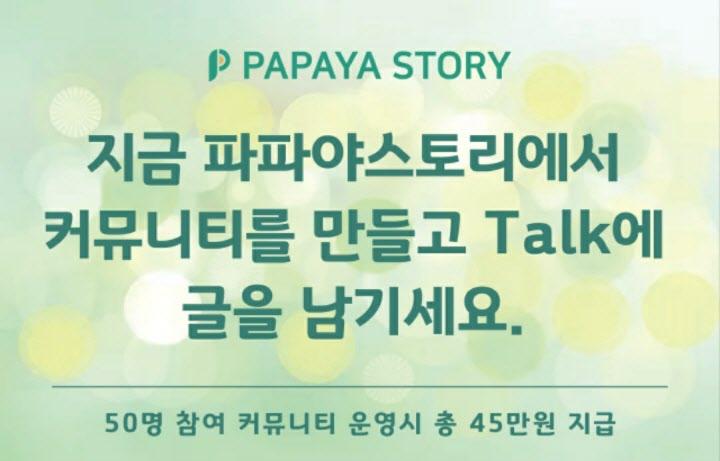기사한줄요약
게시물 내용
JEONJU, North Jeolla Province -- An hour and thirty minutes from Seoul’s Yongsan Station by KTX train is Jeonju, North Jeolla Province, wrapped in both unaltered traditions and the vibrant future of South Korea.
Designated by the Culture Ministry as one of the five “Tourism Hub City Development” project cities in 2020 -- along with Busan, Gangneung, Mokpo and Andong -- the city is stretching its wings to greet global visitors who wish to experience Korea beyond what its densely populated urban centers have to offer.
Over the past decade, the number of foreign tourists flocking to the country has more than doubled, but their visits have been concentrated in only a few major cities. Accordingly, the Korea Tourism Organization plans to foster representative tourism cities that have unique potential to attract foreign tourists.
Jeonju, capital of the Later Baekje Kingdom, established in the year 900 by King Gyeon Hwon, served a crucial role as the administrative center of Korea. The city contains traditional cultures that became pillars of Korean lifestyle, including hanok housing, hansik gastronomy and rich arts and crafts such as hanji, which blossomed thousands of years ago.
Jeonju is the hometown of King Taejo (Yi Seong-gye), founding monarch of the Joseon era (1392-1910). The Gyeonggijeon Shrine was built in 1410, the 10th year of the reign of King Taejong, son of King Taejo, to enshrine the portrait of King Taejo. The shrine had been destroyed in 1597 during the Imjin War, provoked by Japan to invade Joseon, and was later rebuilt in 1614.
Upon entrance, visitors cannot miss Gyeonggijeon‘s dismounting post. The post denotes where one should dismount from their horses, and were commonly found at the entrances of royal palaces or Confucian academies where propriety was valued. A typical dismounting post would have a single base beneath a body stone, but Gyeonggijeon’s has two distinctive lion statues that hold the body, interpreted as female and male guardians protecting the shrine.
The main hall consists of a ritual section in the center and two auxiliary wings on either side. In the rear of the ritual section stands a room for enshrining the royal portrait. Various rituals were performed under and in front of a protruding roof seen in the center. The shrine today also acts as filming location for popular historical drama series and movies.
Walking east within the shrine, the Royal Portrait Museum can be found. Established in 2010 to mark the 600th anniversary of the enshrining of King Taejo’s portrait, the museum includes exhibits of artifacts used for the enshrinement ceremony and relics related to Gyeonggijeon.
By Kim Hae-yeon (hykim@heraldcorp.com)
http://www.koreaherald.com/view.php?ud=20211229000802&np=1&mp=1


댓글
0